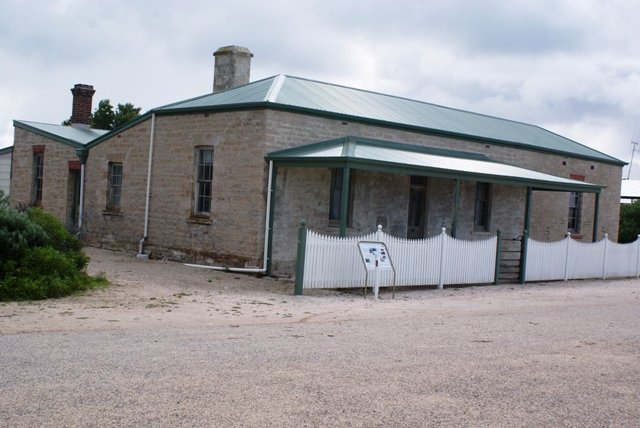A long day for us.
The road through Madura Pass descends from the escarpment to Roe Plain.
Diversity has been reducing for some time. The number of flowers reducing.
The road ascends through Eucla Pass.
Rabbits had eaten essential vegetation on the dunes to the extent the dunes moved.
Eucla was part of the South Australian effort. More good quality stonework, and cast iron poles.
We didn't walk as far as the jetty. That provided a landing spot for supplies building the line both east, along Bunda Cliffs, and west.
Due south is where the Bunda Cliffs begin.
We suspect there is a telegraph track below us, but are not sure.
South Australia recently closed most of the tracks. In the interest of public safety.
Not dissimilar to Baxter Cliffs.
Same geology.
Different, but still low, vegetation.
Must be the Nullarbor.
Progress is good.
Stone farm buildings.
The dunes between us and Fowlers Bay.
https://epicycles.com/Truck%20Blog/2018-09-17/2018-09-17.php
There's still an osprey family in residence. We see one chick, we believe there are two.
Calcinerite cliffs. Similar chemistry, but more crumbly than limestone.
Though no pups (like last time) today.

The old post office which became telegraph office at Fowlers Bay.
We've lost contact with the route of the telegraph since Eucla. Fowlers Bay was the next station. After that I think Streaky Bay then Port Augusta.
We return to the Eyre Highway, to take the most direct route home. About 2,500km.
A granite outcrop. Gawler Range in the distance. We've previously visited Pildappa Rock in this area.
The trip has been a bit hard. Tiring. By the time we are home about 13,000 km in 3 months. About 145 km/day. Well above are comfortable 100km/day. We also squeezed ourselves for time at the beginning, a rush to start, and the end, an appointment at home. Add the modifications to the truck and water pump plus loo repairs. And new battery.
The Canning and Other Telegraph Tracks a bit challenging, mainly slow, nothing technical. A pity we missed the north of the Canning, there for another day. Kennedy Range slow and pleasant. The walks up Mt Augustus and Bluff Knoll (Stirling Ranges) took their toll.
The wildflowers an unexpected bonus. Who could ask for more.
From here home I'll mark the campsites. Home in 7-8 days.
I haven't mentioned the coastal winds, ever since Warroora. We also had wind across the Nullarbor. And today a strong headwind.
It is what it is......